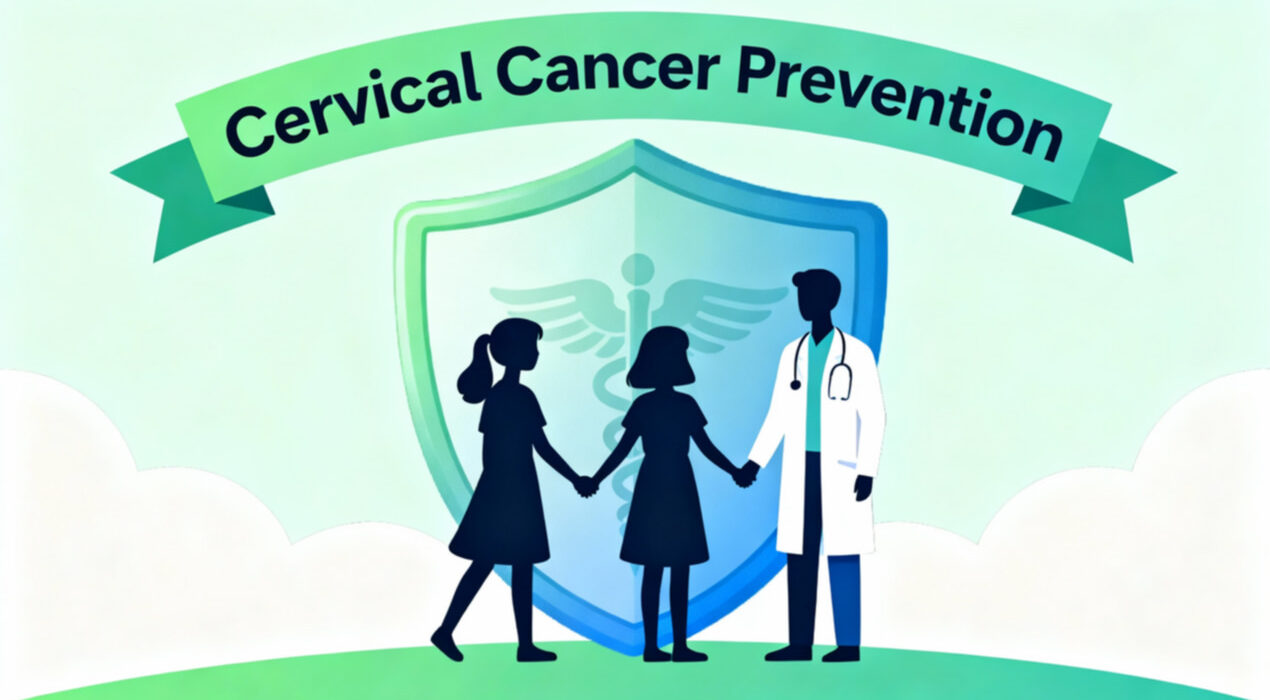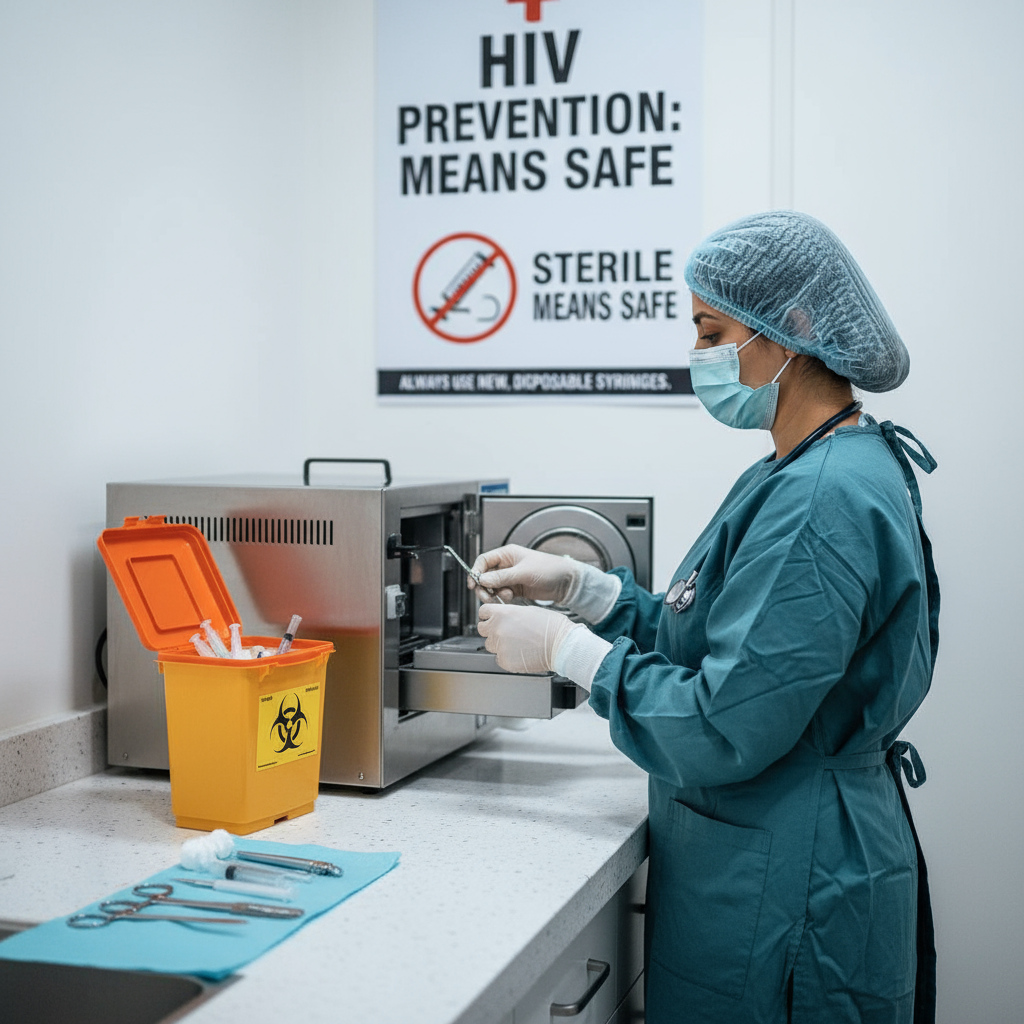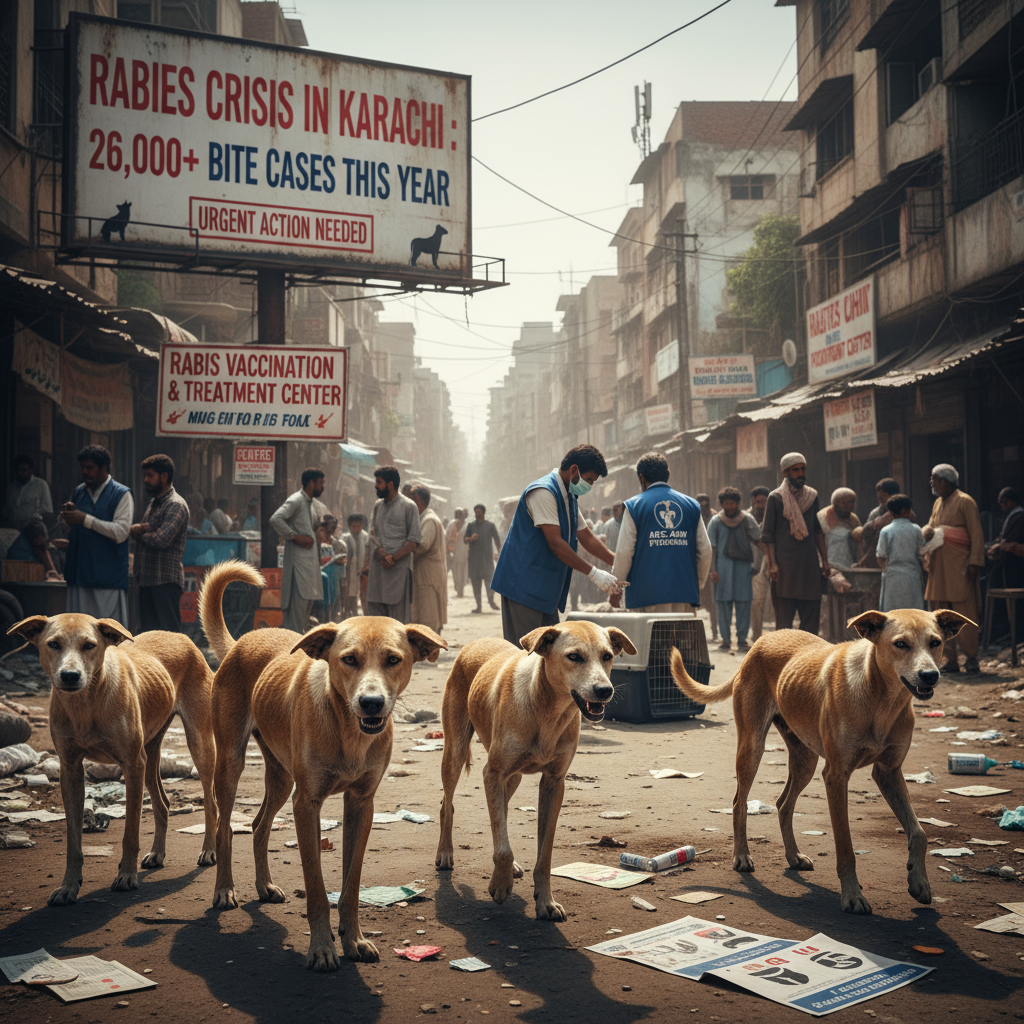The HPV (human papillomavirus vaccination campaign in Sindh has revealed mixed progress, with provincial coverage reaching 57 percent within just seven days. However, Karachi, despite being the country’s largest city, has recorded the lowest vaccination rates, surprising health officials and experts. The campaign, launched on September 15, is Sindh’s first large-scale initiative to protect girls aged 9 to 14 against cervical cancer and will conclude on September 27. It aims to vaccinate 4.1 million girls across 30 districts.
According to Sindh’s Expanded Programme on Immunisation (EPI), Naushahro Feroze led the campaign with 89 percent coverage, followed closely by Qambar (88pc), Badin and Sujawal (85pc each). Karachi, on the other hand, reported just 33 percent coverage. Of the targeted 887,692 girls in the division, only 288,477 were vaccinated. District West performed best with 65 percent coverage, while Keamari ranked lowest with just 12 percent.
Health experts attribute Karachi’s poor response to misinformation circulating on social media and resistance from some religious groups. “Persistent false propaganda against the HPV vaccine from day one harmed the campaign in Karachi,” explained Dr Khalid Shafi of the Pakistan Paediatric Association. Many families, he noted, are still waiting to observe outcomes before vaccinating their daughters. EPI Project Director Dr Raj Kumar added that towns with lower literacy rates performed better due to stronger community involvement from political leaders.
Despite these setbacks, officials emphasize that Sindh overall is ahead of other regions in Pakistan. The HPV vaccine is already being used in countries such as Saudi Arabia, Qatar, and Indonesia. Experts reiterate that it is safe, effective, and provides nearly complete protection against cervical cancer, a disease that claims thousands of lives annually in Pakistan.
Karachi Reports Lowest HPV Vaccination Coverage in Sindh






